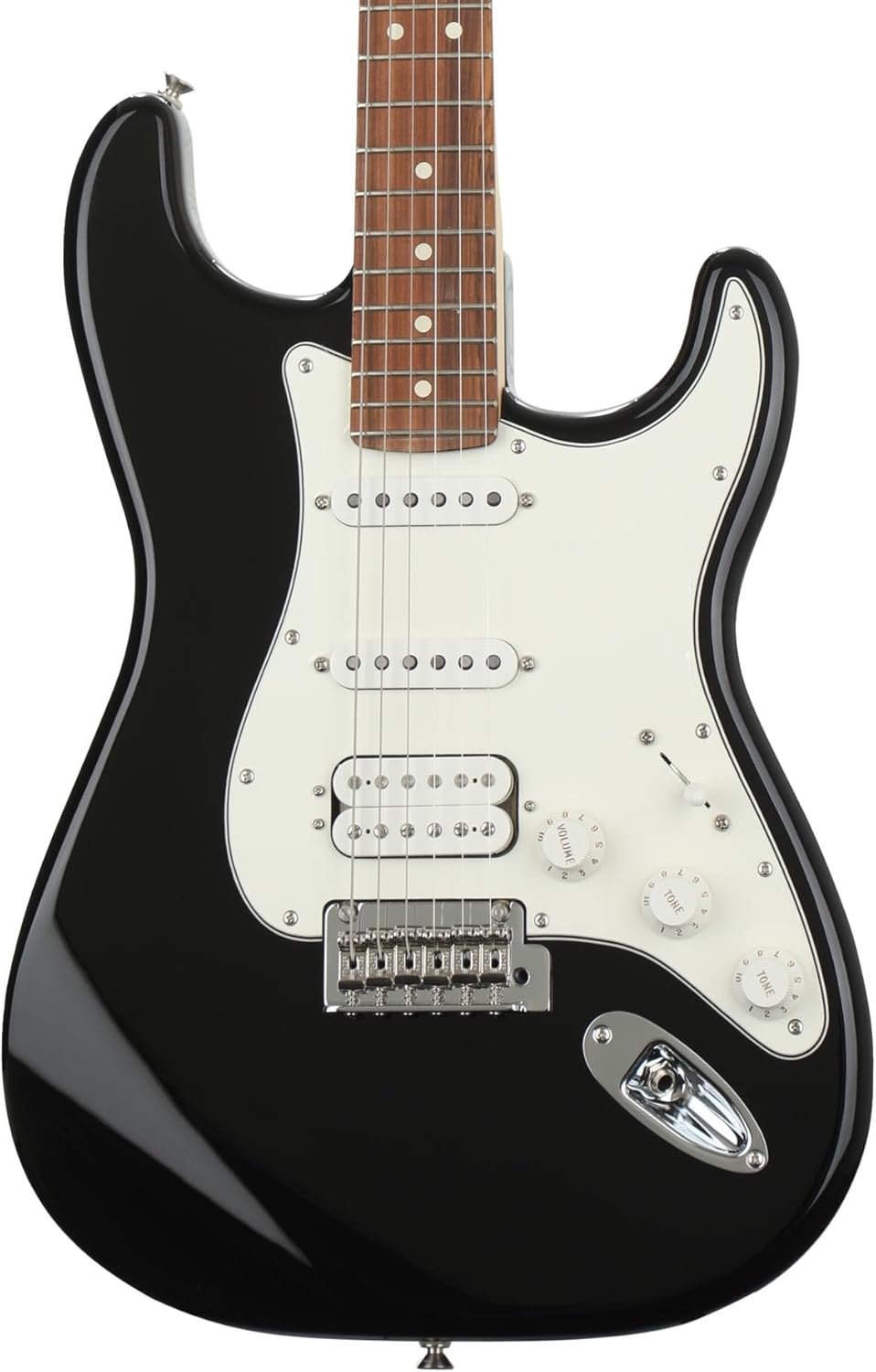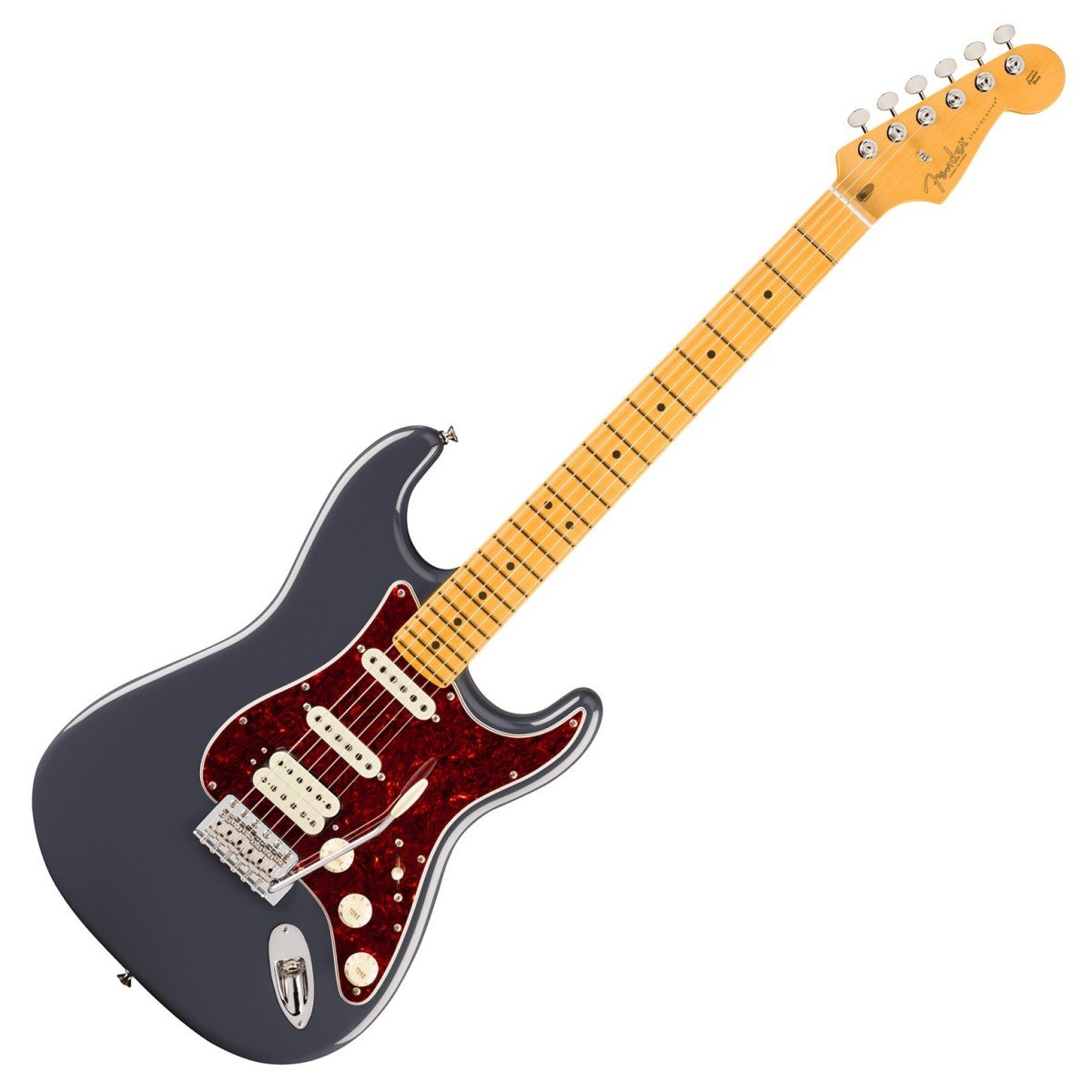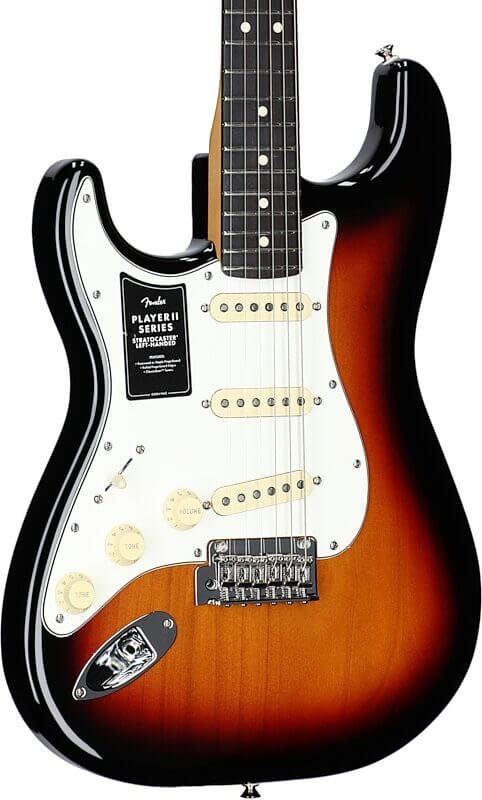Early Life and Background
Eddie Van Halen was born in Amsterdam, Netherlands, on January 26, 1955. He emerged into a household that was as rich in culture as it was in musical heritage. His father, Jan Van Halen, was a talented musician who played the clarinet and saxophone while his mother, Eugenia, was a skilled pianist. This musical environment was pivotal during Eddie’s formative years, as it laid the groundwork for his future as one of the most iconic guitarists in rock history. In 1962, seeking better opportunities, the Van Halen family immigrated to the United States, settling in Pasadena, California. This move marked a significant turning point for Eddie and his brother, Alex, who would both eventually become integral parts of the legendary rock band Van Halen.
Growing up in a new country presented challenges, but the brothers found solace in music. They took to the local music scene and absorbed various styles that later influenced their work. Eddie’s initial foray into music began with piano lessons, which he soon found unfulfilling. Inspired by the powerful sound of the electric guitar, he transitioned to this instrument, ultimately becoming the renowned guitarist we know today. His admiration for rock legends like Eric Clapton and Jimmy Page spurred him to hone his craft, as he began experimenting with techniques that would later define his distinctive playing style.
Throughout his childhood, Eddie’s family played an unwavering role in nurturing his burgeoning talent. Alex’s support and their subsequent formation of a band illuminated the path for Eddie’s aspirations. The combination of a musically rich environment and familial encouragement significantly shaped his artistry, enabling him to navigate the transition from a young, ambitious guitarist to a rock star destined for greatness.
The Formation of Van Halen
The inception of Van Halen, one of rock music’s most influential bands, took root in the early 1970s, driven primarily by the creative synergy between brothers Eddie and Alex Van Halen. Born in the Netherlands and later relocating to California, the Van Halen brothers shared a deep passion for music, learning to play the piano and guitar from a young age. Their fervor for rock music quickly expanded, igniting their desire to form a band. In pursuit of this dream, they teamed up with vocalist David Lee Roth and bassist Michael Anthony.
The early days were marked by challenges as the group navigated the competitive California music scene. Initially known as “Genesis,” they soon had to change their name due to a pre-existing band. Eventually settling on “Van Halen,” the band’s lineup showcased a mix of talents that would come to define their distinct sound. Eddie’s groundbreaking guitar techniques and flamboyant style set him apart, while Alex provided a solid rhythmic foundation. David Lee Roth’s energetic stage presence and unique vocal capacity complemented the band, creating a compelling trio, further enhanced by Michael’s steady bass lines.
Innovative Guitar Techniques
Eddie Van Halen’s contributions to guitar playing are profound and transformative, particularly his signature two-handed tapping technique. This innovative approach, which involved using both hands on the neck of the guitar to produce rapid, fluid sequences of notes, redefined the possibilities of what guitarists could achieve. Prior to Van Halen’s popularization of this method in the late 1970s, the guitar was primarily associated with traditional picking techniques. His technique allowed for a level of speed and melody that had largely been unattainable, opening new avenues in rock music.
Moreover, Van Halen’s use of unique guitar designs significantly contributed to his distinctive sound. He famously modified his instruments, such as the “Frankenstrat,” which combined elements of different guitars to create a custom instrument perfectly suited to his playing style. This innovative approach not only enhanced his performance capabilities but also inspired countless musicians to experiment with their gear. The resulting combination of custom-built guitars and innovative playing techniques culminated in a signature sound that has become emblematic of Van Halen’s legacy in rock music.
Beyond technical prowess, Eddie Van Halen’s creativity inspired an entire generation of guitarists to embrace evolution in playing styles. His innovative techniques led to a resurgence in the quest for new sounds, influencing musicians across genres and encouraging them to push the boundaries of what the guitar could achieve. As such, his impact on both guitar playing and the broader landscape of rock music cannot be overstated. By merging traditional rock elements with groundbreaking techniques and designs, Van Halen cemented his iconic status, forever altering the trajectory of guitar music.
Breakthrough Albums and Hits
Van Halen, the iconic rock band formed in 1972, experienced a monumental breakthrough with their self-titled debut album released in 1978. This album not only introduced their unique sound but also showcased Eddie Van Halen’s innovative guitar playing, which would influence generations of musicians. The distinctive sound of Van Halen was characterized by a blend of hard rock with elements of pop and an electrifying use of guitar techniques. Notably, the album featured hit singles such as “Runnin’ with the Devil” and their iconic cover of “You Really Got Me,” which received significant radio play and helped establish their presence in the music industry.
Continuing their ascent, the band released their follow-up album, “1984,” which marked a watershed moment in their career. This album was a commercial juggernaut, propelled by standout tracks like “Jump,” “Panama,” and “I’ll Wait.” “Jump,” with its infectious synth riff and compelling lyrics, became one of Van Halen’s most recognized hits, solidifying their role in shaping the sound of 1980s rock. The cultural impact of “1984” was extraordinary, as it not only dominated the charts but also caught the attention of mainstream audiences, leading to increased album sales and wider recognition.
The success of these breakthrough albums played a pivotal role in elevating Van Halen to stardom. Their innovative approach to rock music, distinguished by Eddie’s virtuosic skills and the band’s energetic performances, resonated with fans, making them a household name. During this period, the band’s ability to blend technical prowess with accessible melodicism was key to their appeal, allowing them to reach a diverse audience. The late 1970s and 1980s proved to be transformative years for Van Halen, setting the stage for a legacy that would endure for decades in the rock genre.
Collaborations and Side Projects
Throughout his illustrious career, Eddie Van Halen’s contributions extended beyond the legendary rock band that bore his name. His remarkable talent and innovative guitar techniques led him to collaborate with various artists across genres, enhancing his influence within the music industry. One of the most noteworthy collaborations was with the pop icon Michael Jackson on the track “Beat It.” This collaboration, released in 1982 on Jackson’s iconic album “Thriller,” featured Van Halen’s electrifying guitar solo, which further solidified his status as a guitar virtuoso. The fusion of rock and pop in “Beat It” garnered widespread acclaim and cemented Eddie’s position as a pivotal figure in music history.
In addition to his work with Jackson, Eddie Van Halen was involved with several other notable side projects that showcased his versatility. One prominent project was the supergroup Chickenfoot, formed in 2008 alongside rock luminaries Sammy Hagar, Joe Satriani, and Chad Smith. This collaboration allowed Eddie to explore a different musical direction, incorporating elements of blues and hard rock. The supergroup released two albums, “Chickenfoot” and “III: Love” in 2009 and 2011, respectively, both of which received positive reviews and showcased the incredible chemistry among the band members.
Beyond Chickenfoot, Eddie also participated in various collaborations with artists such as Brian May of Queen, Kitaro, and various musicians across the rock and pop spectrum. These diverse projects not only highlighted his exceptional guitar prowess but also demonstrated his ability to transcend genres and bring rock music to new audiences. Each collaboration enriched his artistic repertoire and left an indelible mark on the music scene. Eddie Van Halen’s legacy is not solely defined by his work with Van Halen but rather by his extensive collaborations, which expanded his influence and inspiration across the entire music industry.
Challenges and Triumphs
Eddie Van Halen’s journey to rock stardom was undoubtedly marked by numerous personal and professional challenges that he faced throughout his illustrious career. One of the most significant struggles was his battle with addiction. Like many artists, Eddie found solace in substances during the pressures of fame. This addiction not only affected his personal life but also had implications for the dynamic within the band. As they navigated the turbulent waters of the rock music industry, the impact of his substance use was profound, testing their relationships and band cohesion.
Moreover, as the music landscape evolved, so did the dynamics within Van Halen. Changes in band lineups and the pressure to adapt to new musical trends posed substantial challenges. Each transition brought about a necessity for Eddie to redefine his role and artistry. The shift from David Lee Roth to Sammy Hagar is often highlighted as a critical moment in the band’s history, resulting in both progress and conflict. Throughout these transitions, Eddie demonstrated incredible resilience, utilizing these opportunities to experiment with sound while ensuring the band’s relevance in a constantly changing industry.
Health issues further compounded his challenges, particularly his battle with cancer, which he revealed later in his life. This struggle tested his spirit, yet it also showcased his determination. Despite these adversities, Eddie’s passion for music never waned, nor did his commitment to his craft. Drawing from the depths of personal struggle and professional tumult, he continuously rose to the occasion, shaping his legacy as a guitar virtuoso. Eddie Van Halen’s triumphs amid these challenges ultimately solidified his status as a rock legend, inspiring countless musicians and fans around the world.
Legacy and Influence
Eddie Van Halen’s legacy is profoundly evident in the world of music, particularly in the realm of rock guitar. Renowned for his innovative playing techniques, Van Halen revolutionized the guitar landscape with his distinct sound that combined technical prowess with an unparalleled sense of melody. His use of two-handed tapping, harmonics, and complex scales opened a new chapter in guitar playing, inspiring musicians across various genres. From heavy metal to pop, his influence can be heard in the works of countless artists who cite him as a pivotal figure in their musical development.
The sheer versatility of Van Halen’s style allowed him to transcend the boundaries of traditional rock music. He seamlessly melded elements of jazz, classical, and blues into his compositions, encouraging a generation of guitarists to explore diverse musical influences. The sonic fingerprint he left on iconic tracks like “Eruption” and “Ain’t Talkin’ ‘Bout Love” set benchmarks that continue to challenge aspiring musicians. This ability to blend different genres has proven to be a catalyst for creativity among emerging artists who look to ignite their own signatures within the music industry.
Tributes and Remembrance
The passing of Eddie Van Halen in October 2020 marked a profound loss not only for his family and friends but also for the global music community. As a legend in rock history, Eddie’s innovative guitar techniques and unforgettable riffs inspired countless artists across genres. Following his death, heartfelt tributes poured in from musicians, fans, and music critics alike, highlighting the immeasurable impact he made throughout his career.
Numerous artists took to social media platforms to express their sorrow and share how Eddie influenced their musical journeys. Renowned musicians like Eric Clapton and Joe Satriani praised his groundbreaking contributions to rock guitar, noting his unique ability to blend technical prowess with emotive playing. Fans commemorated his life through social media hashtags, sharing personal stories of how Eddie’s music resonated with them at pivotal moments in their lives. Concerts and gatherings organized in his memory served as a testament to the lasting impression he left on rock music.
Music critics also played a crucial role in honoring Eddie’s legacy by reflecting on his achievements. Articles and features revisited iconic albums like “Van Halen” and “1984,” drawing attention to the time when Eddie’s innovative playing style redefined guitar solos in popular music. His technique, particularly the famed “tapping” method, not only influenced aspiring guitarists but also became a staple in rock music production. Many publications highlighted the sense of joy and exhilaration Eddie brought to his performances, creating a direct connection with the audience that remains unmatched.
Various tribute events and memorials have been organized around the world, showcasing performances by musicians who have been directly influenced by Van Halen’s artistry. These tributes serve not only as a celebration of his life but also as a reminder of the enduring legacy he leaves behind, ensuring that future generations will appreciate and remember the genius of Eddie Van Halen.
Conclusion: The Music Lives On
The journey of Eddie Van Halen is a testament to the enduring power of creativity and passion within the music industry. As a pioneering guitarist, his technical prowess and innovative approaches to playing have set new standards in rock music. With the release of seminal albums and unforgettable performances, Van Halen not only transformed the landscape of rock but also left an indelible mark on musicianship across genres. His unique sound, characterized by complex melodies and intricate riffs, continues to influence countless artists and guitar enthusiasts even after his passing.
Van Halen’s contributions to music extend far beyond his technical skills; they encapsulate a spirit of experimentation and a relentless pursuit of artistic expression. The iconic style he developed, seamlessly blending hard rock with elements of pop and progressive music, captivated generations of fans. As future musicians study his techniques and devise their interpretations, they inevitably carry forward the essence of Van Halen’s artistry. This remarkable legacy ensures that his influence will remain prominent in the musical tapestry of contemporary culture.
Moreover, Eddie Van Halen’s heartfelt connection with audiences, whether through his electrifying solos or the emotional depth found in his songwriting, resonates deeply. His ability to evoke feelings through music has fostered a community of loyal fans who continue to celebrate his contributions. As his discography endures the test of time, it serves as an inspirational beacon for aspiring musicians, encouraging them to explore their unique sound and break boundaries. Eddie Van Halen’s journey may have concluded, but the music he created and the inspiration he generated will undoubtedly live on for years to come.




























